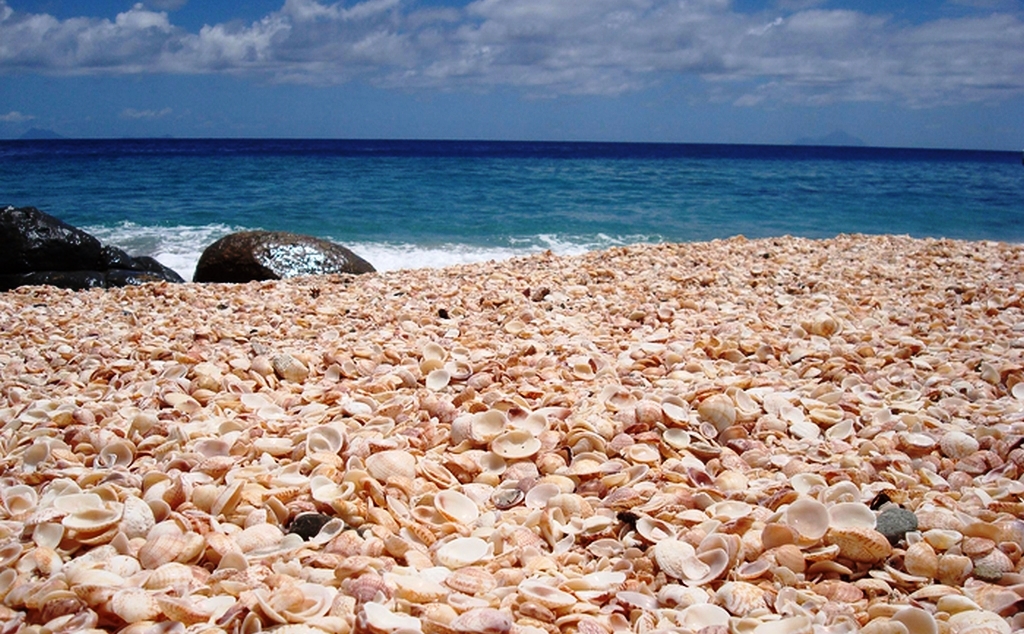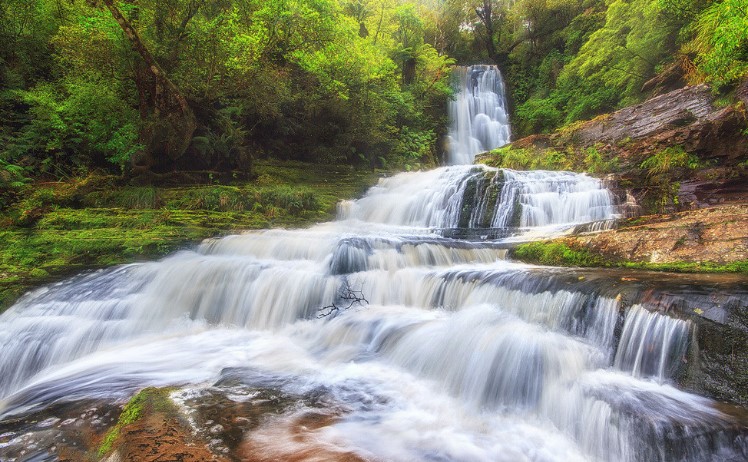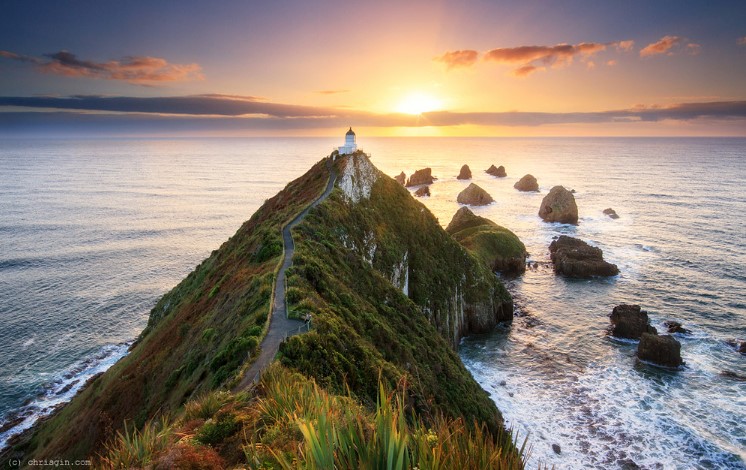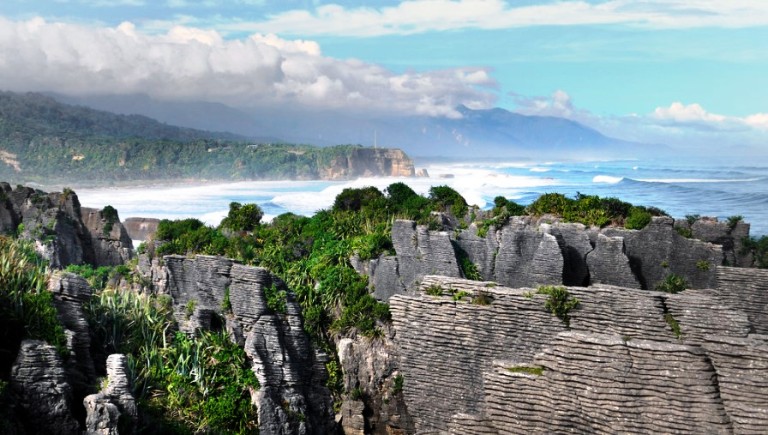Shell Beach is a unique beach located 45 km southeast of Denham. It is covered in shells for the 60 km stretch to a depth of 7 to 10 m. Shell Beach is a beach in the Shark Bay region of Western Australia, on the northeastern side of the Taillefer Isthmus along the L’Haridon Bight. Shell beach is one of only two beaches in the world made entirely from shells. The beach name derived because of the great abundance of the shells of the cockle species, Fragum erugatum.
The shells have formed a limestone that is acknowledged as coquina. However, before Shark Bay became a World Heritage Site, the coquina was mined and used for the construction of a number of buildings in Denham. Shark Bay is a UNESCO World Heritage Site. This unique marine life is found in and near its waters including dugongs, Indo-Pacific bottlenose dolphins, various whales, and whale sharks. The largest seagrass bank in the world contributed to the formation of Shell Beach.
The seawater in the L’Haridon Bight has a high salinity due to both the geomorphology and local weather of the area. The high salinity has allowed the cockle to thrive unchecked since its natural predators have not adapted well to this environment. The shells were once used to build the office walls of buildings in the area, some of which can still be seen today. This beautiful snow-white beach is made up of millions of tiny shells transform into a palette of the most intense greens and blues – and the water is very salty (hyper-saline), making it easy to float for those who aren’t solid swimmers.
Therefore, L’Haridon Bight has been a veritable cockle paradise for thousands of years. Letting the little bivalves propagate, flourish, die, and shells wash up on shore over and over. It is enough time to create a dazzling snow-white beach. Nowadays, special licenses are still granted to me. The shells as a source of calcium for mulch and poultry feed. However, the hypersalinity of L’Haridon Bight keeps out predators of humans as well as cockles, making Shell Beach a popular place to go for a swim.
Read More – The Scenic Sawtooth Valley Of Western United States
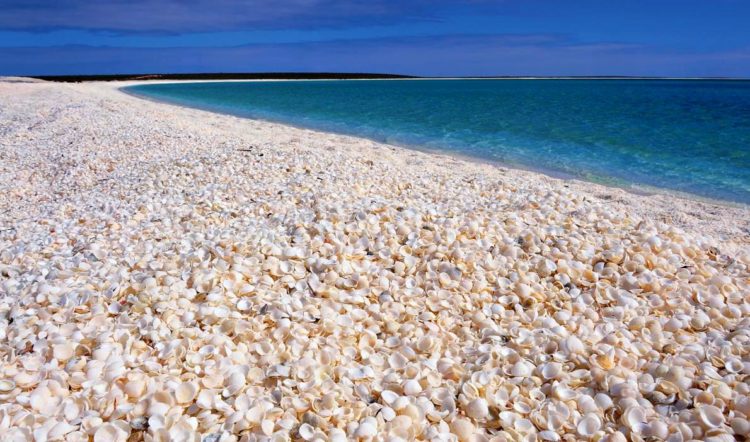
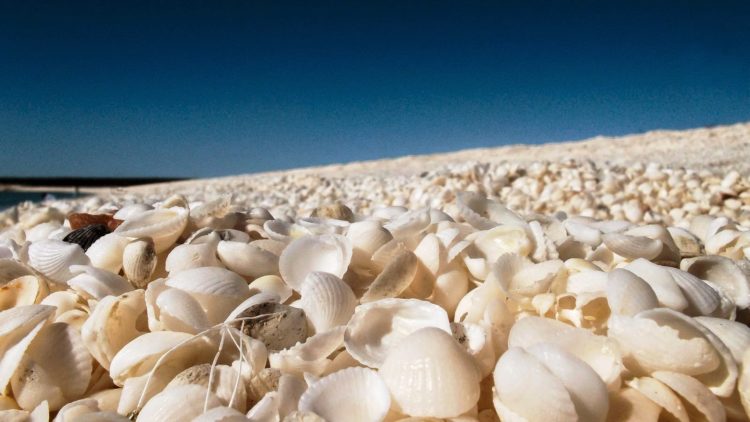

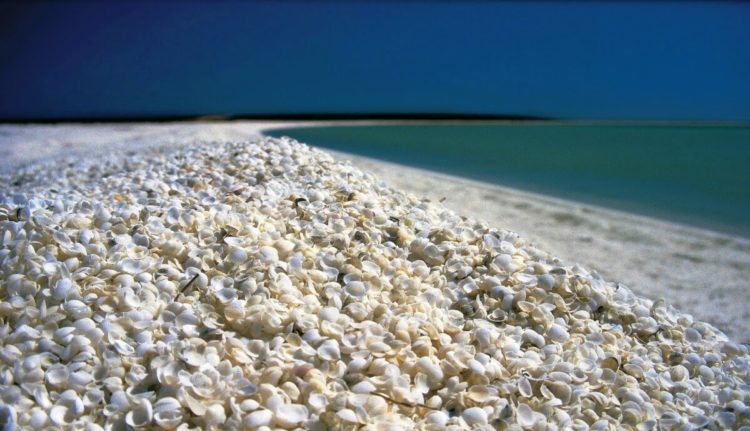

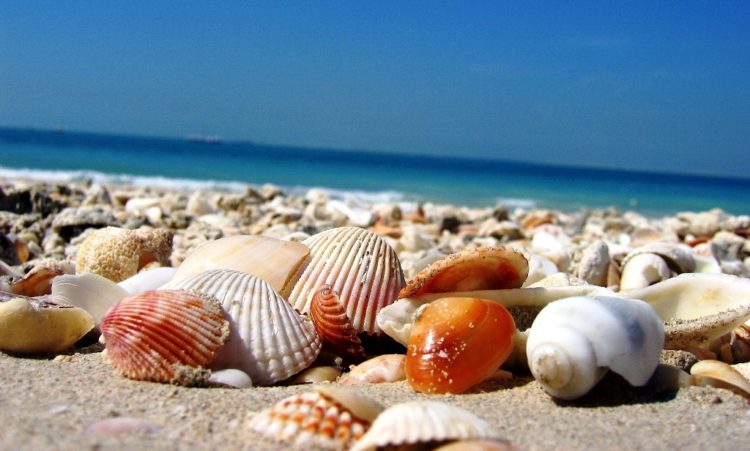

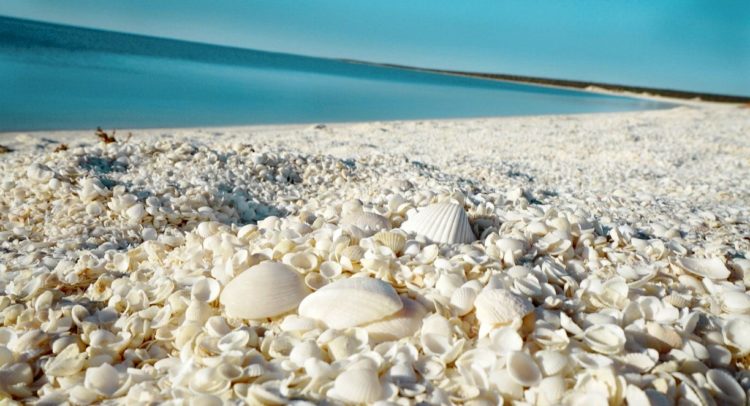

Source: Atlas Obscura
Product You May Interested
- Feel Emotional Freedom! Release Stress, Heal Your Heart, Master Your Mind
- 28 Day Keto Challenge
- Get Your Customs Keto Diet Plan
- A fascinating approach to wipe out anxiety disorders and cure in just weeks, to become Anxiety free, relaxed and happy.
- Flavor Pairing Ritual Supercharges Women’s Metabolisms
- The best Keto Diet Program
- Boost Your Energy, Immune System, Sexual Function, Strength & Athletic Performance

